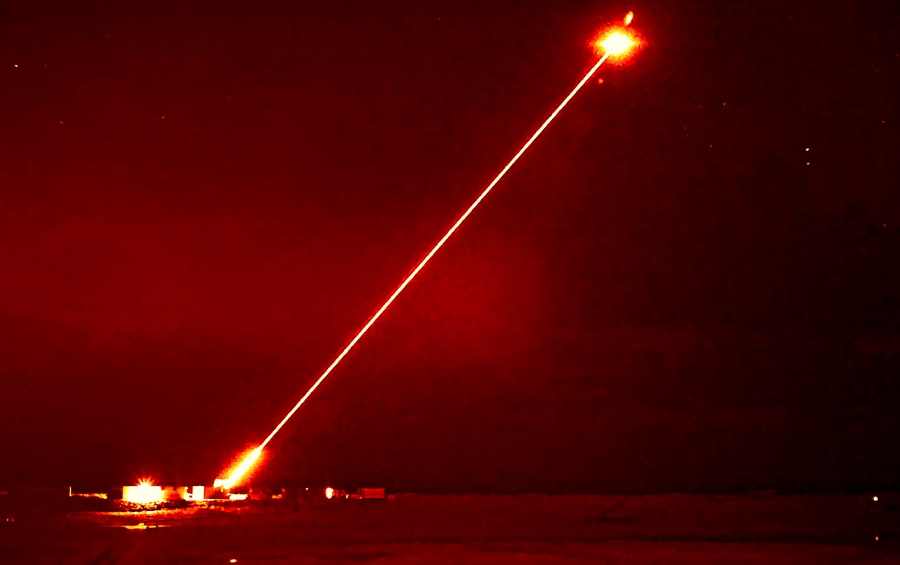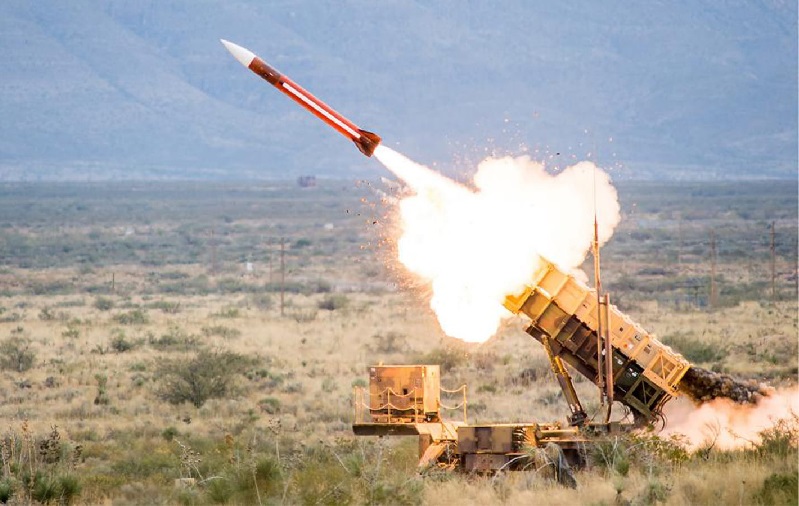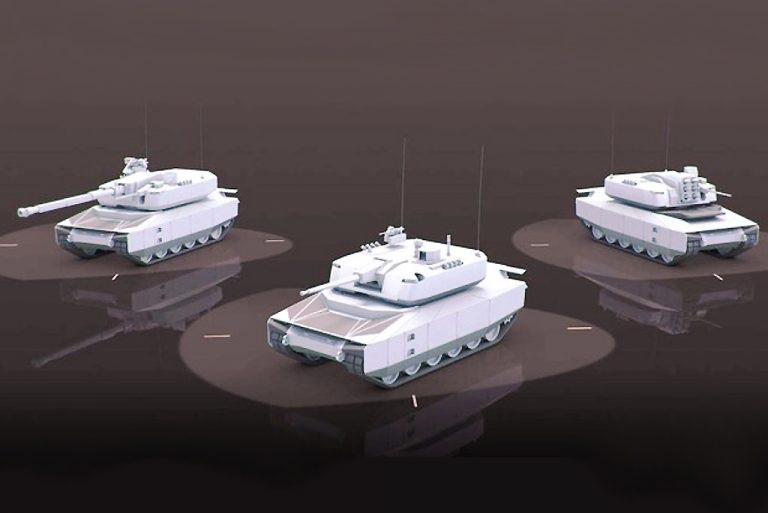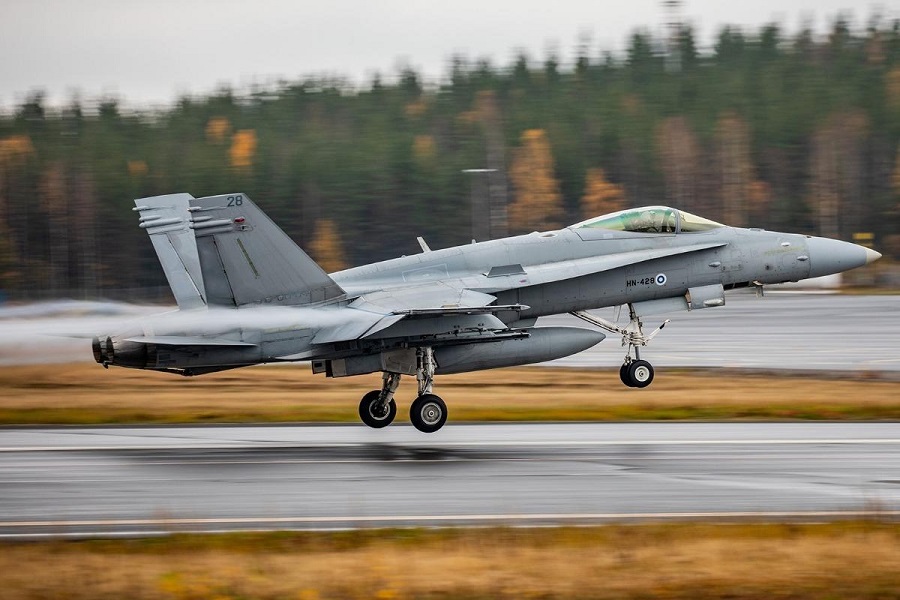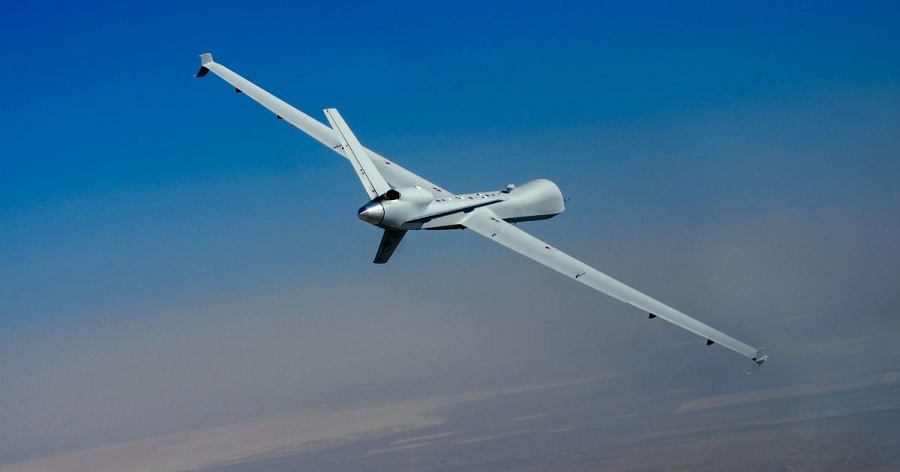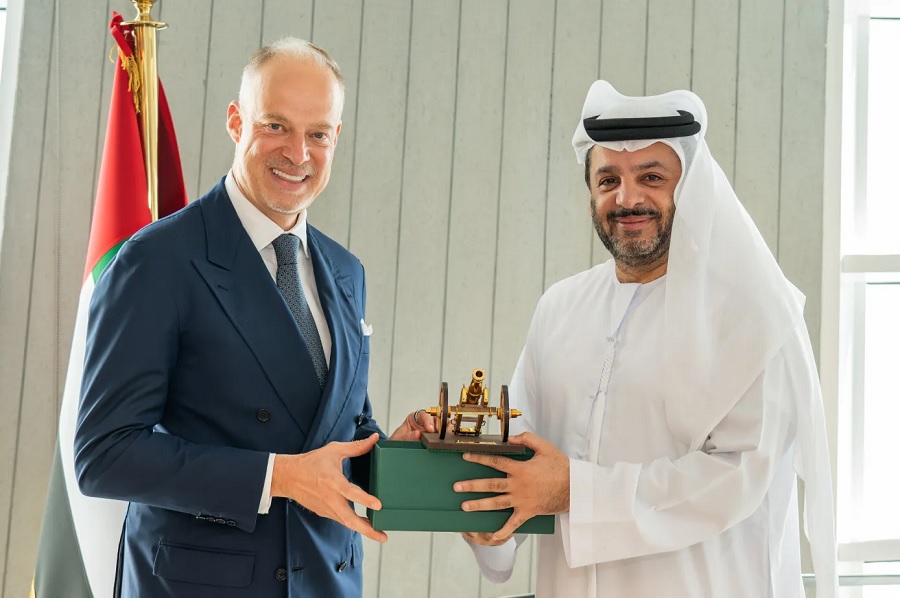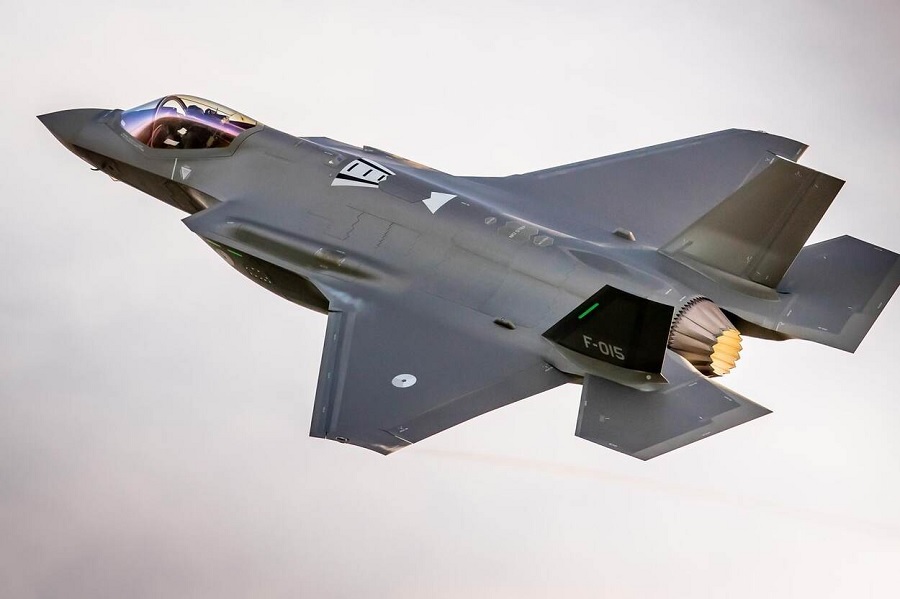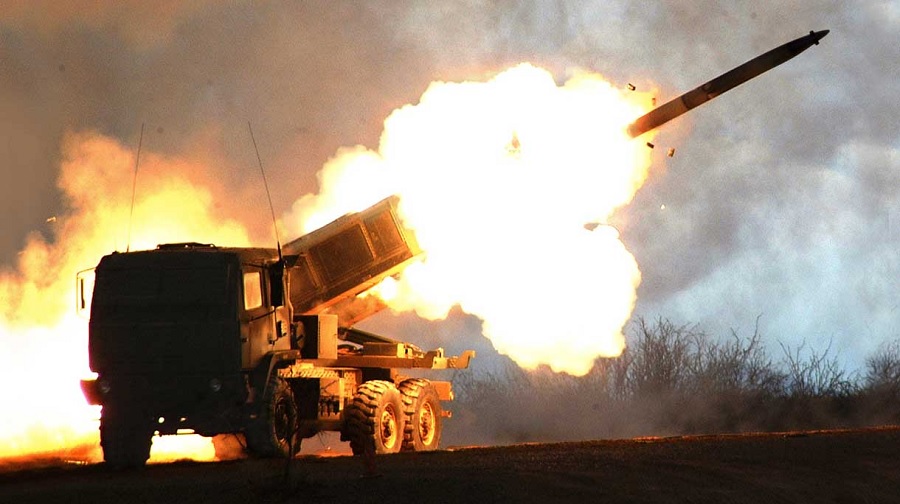Revolutionary cost and efficiency
The DragonFire laser, notable for its efficiency and cost-effectiveness, offers a compelling alternative to traditional missile systems. Each shot from the laser costs a mere £10, highlighting its potential to significantly reduce operational costs while maintaining high effectiveness. The system, which has been in development for nearly a decade, has recently undergone rigorous testing by government scientists at the Ministry of Defence’s Hebrides range.
Accelerated deployment
Originally planned for a 2032 deployment, the installation timeline for DragonFire on Royal Navy ships has been moved up by five years, thanks to new procurement reforms introduced by the UK government. These reforms aim to streamline the delivery of critical defence capabilities in response to the evolving global threat landscape.
Captain Matt Ryder, Head of Above Water Battlespace at the Royal Navy, emphasized the urgency of incorporating this new technology. “Given the variety and sophistication of threats we face, particularly in the Southern Red Sea, laser weapons could provide an additional layer of defence to protect shipping,” he stated, acknowledging the operational successes of the Sea Viper and Sea Ceptor missile systems aboard HMS Diamond and HMS Richmond.
Technological and industrial synergy
The development of DragonFire is a collaborative effort led by the Defence Science and Technology Laboratory (Dstl) on behalf of the UK MOD, with key contributions from industry partners MBDA, Leonardo, and QinetiQ. This partnership harnesses MBDA’s weapon system expertise, Leonardo’s advanced laser and electro-optics technologies, and QinetiQ’s unique capabilities in high-energy laser development.
Dstl’s Chief Executive Paul Hollinshead praised the project’s progress. “This is a step forward in enabling operational advantage at pace for UK Defence,” he remarked, underscoring the strategic importance of maintaining a UK sovereign capability in laser technology.
A Global leader in defence innovation
The DragonFire program stands as a flagship example of the UK’s new Integrated Procurement Model, which aims to reform defence procurement processes and accelerate the delivery of military capabilities. Defence Secretary Grant Shapps highlighted the broader implications of such advancements, noting, “DragonFire shows the best of the UK at the forefront of military technology, and we will not delay in getting it in the hands of our military to face down the threats we’re facing.”
The success of the program not only enhances the Royal Navy’s defensive capabilities but also supports the UK economy by maintaining and growing critical high-tech skills and jobs. Furthermore, potential future exports of the DragonFire system promise to extend its benefits to the UK’s allies, reinforcing the country’s position as a leader in global defence technology.






